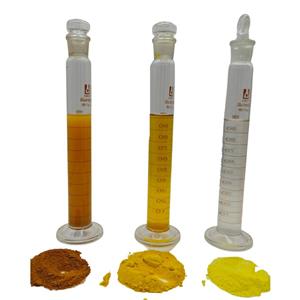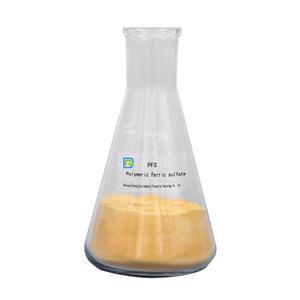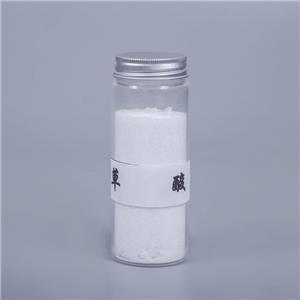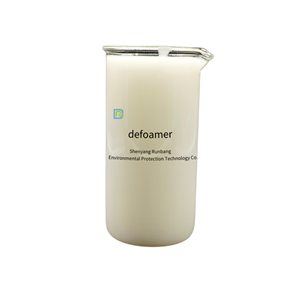Why it is recommended to use polyaluminum chloride and polyacrylamide together
Polyaluminum chloride is an inorganic polymer coagulant widely used in the water treatment industry. It can aggregate, coagulate, and precipitate the tiny suspended particles and colloid ions in water to achieve purification. The principles of polyaluminum chloride’s water purification mainly include compression of the double electric layer, adsorption and neutralization, adsorption bridging, and catching precipitates.
Polyacrylamide, with its long molecular chain structure and charged characteristics, effectively neutralizes the particles’ surface charge in water, allowing for adsorption and achieving solid-liquid separation of pollutant particles in wastewater.
In the treatment of floculated water, the rapid precipitation of polyaluminum chloride and the aggregation and capture of small particle impurities by polyacrylamide play a crucial role. Polyacrylamide relies on its strong charge effect to accelerate the sedimentation of flocs formed by polyaluminum chloride, thereby maximizing water treatment efficiency and ensuring water quality meets the required standards.
This combined strategy not only improves water quality treatment but also ensures that floculated water meets relevant standards, providing reliable support for the sustainable use of water resources.




